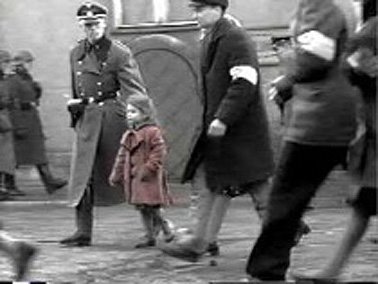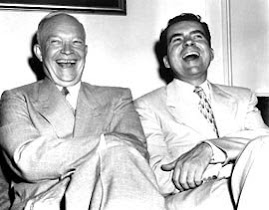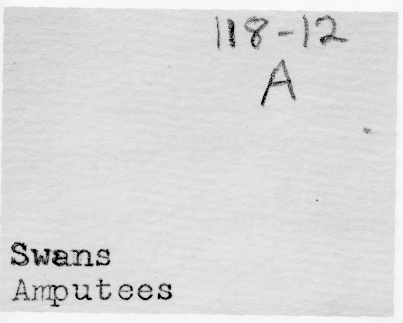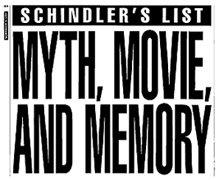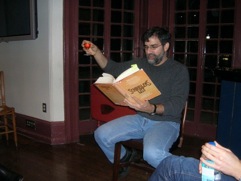"Poet"
After,each,word,he,places,a,comma,
A,remarkable,effect,indeed,
It,gives,you,jitters,when,you,look,
It,gives,you,hiccoughs,when,you,read.
 Funny, yes. But I want to ask: why is it said that a poet "places" a comma between words - placing implying force, artificiality, conscious construction - while the traditional quatrain itself doesn't entail placement. Aren't they both placings? They achieve effects, one disruptive of flow and the other sustaining it.
Funny, yes. But I want to ask: why is it said that a poet "places" a comma between words - placing implying force, artificiality, conscious construction - while the traditional quatrain itself doesn't entail placement. Aren't they both placings? They achieve effects, one disruptive of flow and the other sustaining it.Long live consciousness on both sides of this argument. Forms are no more or less natural. Up with smooth satire! Up with jitters and hiccoughs! Make it (all of it, so much as is possible) n-n-n-n-ew-ew-ew,(eep,oop). I want my art to make me at least a little jittery. I want my art to make me swallow the air (the air we breathe = the forgotten-about, the natural) the wrong way.
at right, Jose Garcia Villa






 "I teach horizontally, meaning that while I might begin with a fixed idea of what I'm going to teach that day, I let it drift rhizomatically way off topic, often pulling it back when it gets too far. I rely on non-fixed materials to teach this way; the whole world is at my fingertips. Should I go off on a tangent about John and Rauschenberg and their love relationship as expressed in Rauschenberg's bed, an image of that bed is always a click away. From there, we can head anywhere into the non-fixed universe, be it film, text or sound. And of course, that always takes us elsewhere. As Cage says, 'We are getting nowhere fast.'"
"I teach horizontally, meaning that while I might begin with a fixed idea of what I'm going to teach that day, I let it drift rhizomatically way off topic, often pulling it back when it gets too far. I rely on non-fixed materials to teach this way; the whole world is at my fingertips. Should I go off on a tangent about John and Rauschenberg and their love relationship as expressed in Rauschenberg's bed, an image of that bed is always a click away. From there, we can head anywhere into the non-fixed universe, be it film, text or sound. And of course, that always takes us elsewhere. As Cage says, 'We are getting nowhere fast.'" 

 that anyone has yet got the imaginative measure of that terrifying day six years ago. Certainly our Tolstoy has not crawled out of the rubble. The closest we have, Don DeLillo, succeeded as an essayist-journalist ("In the Ruins of the Future: Reflections on Terror and Loss in the Shadow of September,” Harper’s, December 2001) but, to my mind, failed as a novelist ("Falling Man"). One reason, perhaps, is that the remembered emotion was instantly buried under a pile of cultural junk.' - Tod Gitlin in his review of Susan Faludi's The Terror Dream (written for
that anyone has yet got the imaginative measure of that terrifying day six years ago. Certainly our Tolstoy has not crawled out of the rubble. The closest we have, Don DeLillo, succeeded as an essayist-journalist ("In the Ruins of the Future: Reflections on Terror and Loss in the Shadow of September,” Harper’s, December 2001) but, to my mind, failed as a novelist ("Falling Man"). One reason, perhaps, is that the remembered emotion was instantly buried under a pile of cultural junk.' - Tod Gitlin in his review of Susan Faludi's The Terror Dream (written for 


